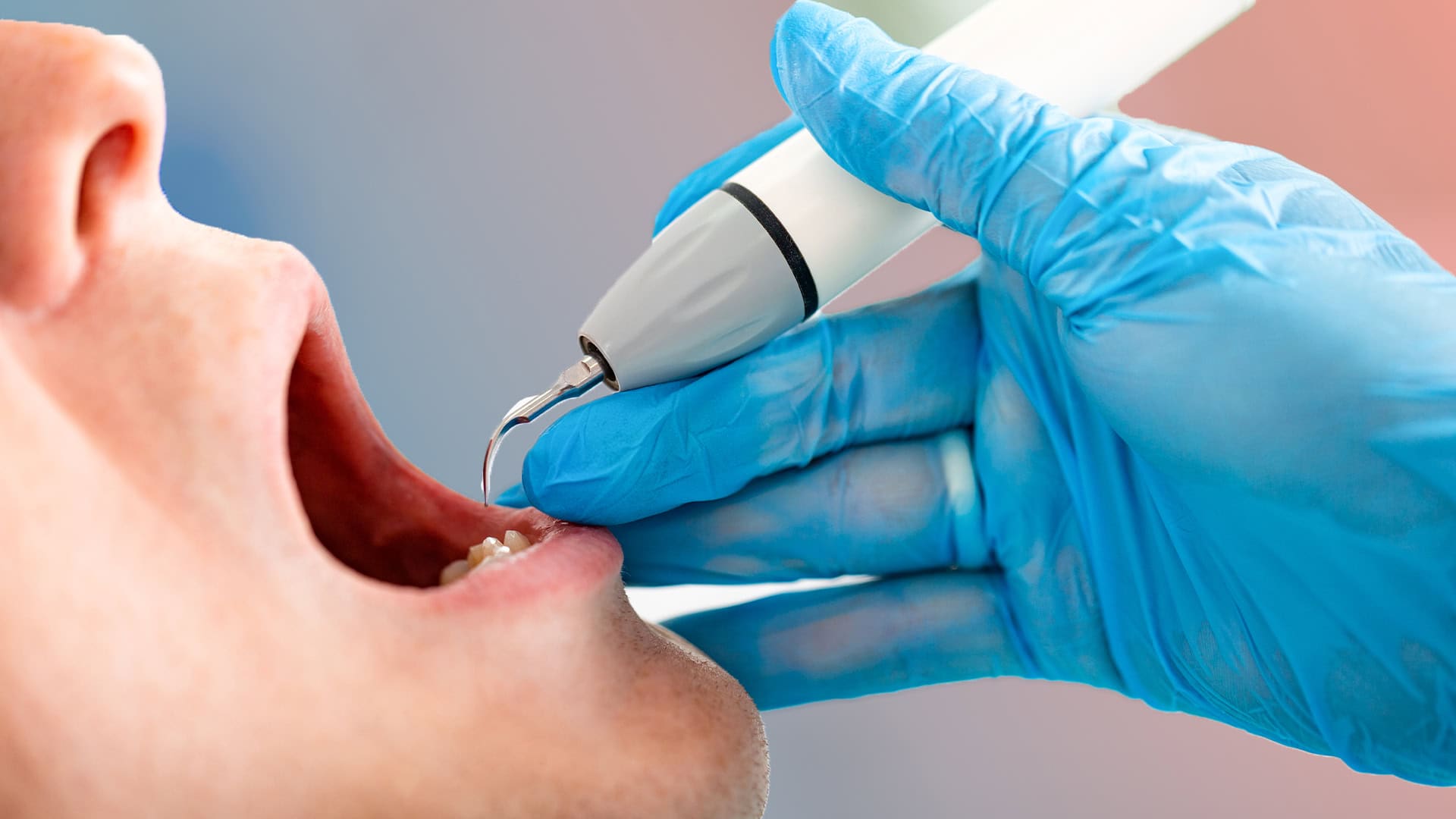Menu
Free Consultation

Rotten teeth are not just an aesthetic problem, they are a common disorder that can have serious consequences on oral and dental health. They manifest themselves with symptoms that directly affect daily life, such as bad breath, toothache, and difficulty chewing. But most importantly, if not diagnosed and treated early, they can lead to bigger problems — root canal treatment, tooth loss, and jaw bone loss. In this blog post, you will find all the details, from the causes of rotten teeth to their symptoms; from tooth decay treatment methods to prevention methods.
A rotten tooth is an infection caused by bacteria that occurs as a result of acid erosion of tooth enamel. The outer layer of the tooth, the enamel, and the dentin underneath it, dissolve over time, creating black or brown holes in the tooth. If left untreated, this condition can progress to the pulp tissue and cause serious pain.
The process of tooth decay generally works as follows:
Bacteria in the mouth convert sugary and starchy foods into acid.
This acid attacks the tooth enamel and weakens it.
Over time, the enamel layer breaks down and cavities form.
Inadequate oral hygiene
Excessive sugary food consumption
Lack of saliva (dry mouth)
Genetic predisposition
This is a simple and effective method applied in early stage decays. Decayed tissue is cleaned and the cavity is closed with aesthetic filling materials.
This is applied if the decay has reached the nerve tissue of the tooth. The infected pulp is cleaned, the root canals are filled and the tooth is saved.
If the decay is large and there is serious material loss in the tooth, the entire tooth is restored with porcelain or zirconia coating.
If the tooth cannot be saved, it is extracted. The cavity can then be completed with an implant or bridge prosthesis.
The duration of treatment varies depending on the severity of the decay and the method chosen:
Children's tooth decay progresses rapidly when it starts in baby teeth. Therefore, children should gain oral hygiene habits at an early age and regular dentist check-ups should not be neglected.
Untreated decayed teeth can, over time:
Tooth decay does not only remain in the mouth. It can trigger many ailments, including infections, heart disease, diabetes control disorders, and immune system problems.
Hormonal changes during pregnancy increase the risk of gum bleeding and decay. Treatment is safest in the 2nd trimester. Local anesthesia and x-ray procedures can be performed with the necessary precautions.
Carbohydrate-heavy, sugary and acidic foods trigger tooth decay. Fibrous vegetables, water consumption and sugar-free chewing gum can reduce decay.
Fluoride allows tooth enamel to remineralize. Fluoride toothpaste and professional fluoride applications are effective in preventing caries.
Discoloration, sensitivity, small cavities and bad breath in the tooth can be signs of caries. However, a dentist should be consulted for a definitive diagnosis.
ICDAS is an international system that rates the severity of caries:
“If the tooth does not hurt, there is no decay.” → False
“If baby teeth decay, there is no need for treatment.” → False
“Decay only occurs with sugar.” → Incomplete information
“Grinding the mouth is enough.” → False
In some individuals, saliva structure, tooth enamel thickness and jaw structure may be more prone to decay. Regular care is even more important for these individuals.
After treatment, tooth discoloration or deformity may occur. A natural appearance can be restored with aesthetic applications such as teeth whitening, bonding, and laminate.
Frequently Asked Questions (FAQ)
Does a decayed tooth heal on its own? No, professional treatment is required.
Should a painless decay be treated? Yes. Decay can progress.
Does tooth decay cause bad breath? Yes.
How long does it take for decay to develop in children? It can develop within weeks.
Decayed teeth can affect everyone from children to adults, and even pets. It is possible to prevent this problem with tooth decay treatment. Early diagnosis is of great importance, especially in special cases such as children's decayed teeth and dogs' decayed teeth. For a healthy smile, do not neglect your oral care.
